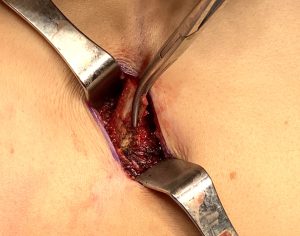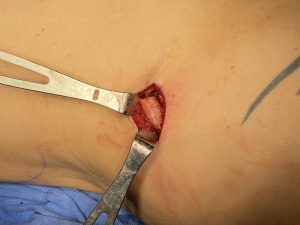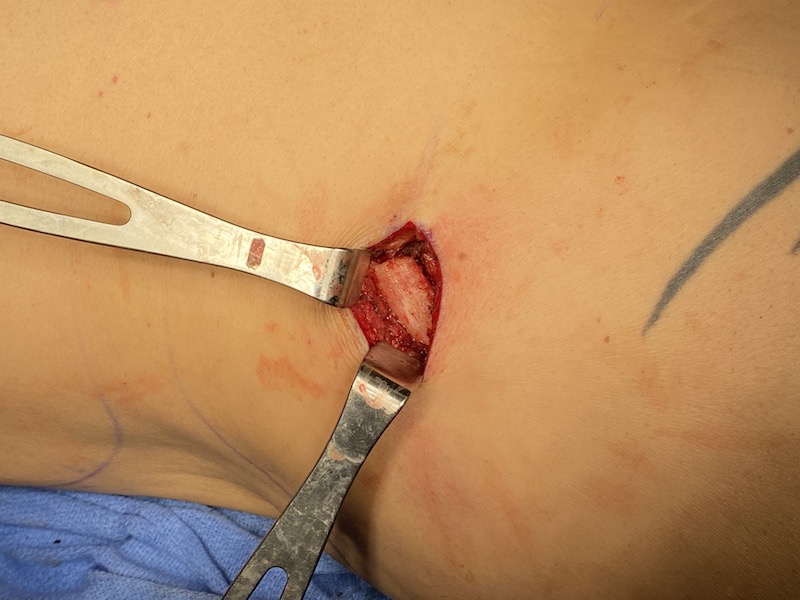
One of the very interesting questions about rib removal surgery is comparing it to the non-surgical approach of waistline narrowing known as corseting. Such an external compression approach has been around for over a hundred years and, if done long enough and with enough force, can actually modify the shape of the lower ribcage and abdominal wall. While effective the problem is that the effort to do so is often beyond what what most women can do and its results take a very long time to see. As a result it is understandable why a surgical approach would he appealing.

Rib Fracturing Is An Interesting But Yet Unproven Waistline Narrowing Surgery
I find this waistline narrowing concept tremendously appealing for multiple reasons but, to date, I do not have any clinical evidence of its effectiveness. It is not yet a procedure that I have performed or have been requested to do so. I am aware that there this is a surgery done by a handful of surgeons around the world but clinical results are lacking. It is an operation that theoretically should be effective but questions remain about it.
The questions about rib fracture for waistline narrowing from my perspective include; 1) is one or two osteotomies needed for each rib, 2) do rib osteotomies have a risk of postoperative chronic pain since the two broken ends of the ribs are in close proximity, 3) does the cut rib heal by fibrous or bony union, and 4) how long does postoperative compression need to be worn for the best result.
Are Rib Fracturing and Rib Removal Surgery Equally Effective?
This question is likely to never be completely known in any assured manner. Other than comparing clinical results between a series of patients who have undergone both procedures, the definitive answer can only come from a series of patients who have had both procedures done… one version on each side. Which is very unlikely to ever happen.
From a pure volumetric standpoint rib removal seems like it would offer better results as it consists of actually removing bone, muscle and fat. Rib fracturing removes no volume and counts completely on creating its effect by changing the arc/shape of the rib. Flank liposuction could certainly be done as part of the rib fracturing procedure and that would add to its effect in the patient with even modest flank fullness. But the volumetric reduction effect would still not be the same.
The Role Of Rib Fracturing In Waistline Narrowing Remains To Be Determined
The exact role in body contouring for rib fracturing is not precisely yet known. I could envision that the ideal patient would be one who wants a more limited surgical procedure and recovery and is willing to undergo at least 3 to 4 months of good compressive corseting to see the results. In that regards I would assume single osteotomies located at the mid-arc of ribs 11 and 12 with to without flank liposuction would be the surgical approach.
Dr. Barry Eppley
Indianapolis, Indiana



